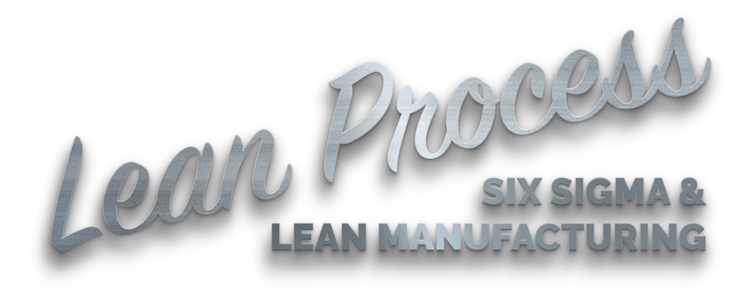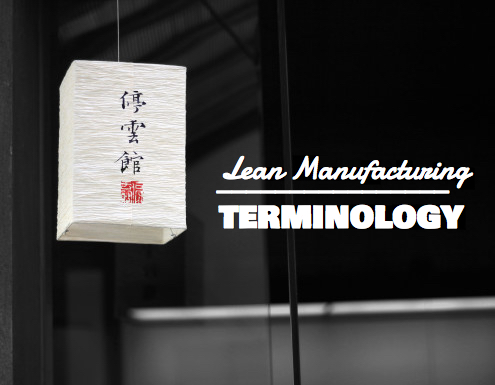
The main goal of a Six Sigma implementation will vary from company to company. Of course every business wants to achieve better results by implementing Six Sigma, but how they do that will vary. No two implementations will be the same, even if on the surface, the tools and terminology are consistent.
Remember that Six Sigma is a quality improvement methodology that focuses on improving process outputs by reducing variation. Each company will have it’s own processes run by it’s own unique group of employees. Therefore the problems faced by the company will also be unique, even if they can be categorised into common themes such as the 4Ms (Man, Method, Machine and Material).
For instance, a manufacturing company will face different challenges to a company that deals with transactional processes.
So if you were to look at a cross-section of Six Sigma programmes in different organisations, you might find the DMAIC process being used in most. You might also see common tools from the Six Sigma toolbox and common roles such as black belts being used to run projects. However, it’s highly unlikely that every implementation of Six Sigma will be the same.
So if the implementation varies from one business to the next, why might so many companies be keen to implement Six Sigma? What purpose do they hope to achieve? What is their main goal?
What is the main goal of a Six Sigma implementation?
A review of the literature shows that there are 3 possible main goals of a six sigma implementation:
- Business transformation
- Strategic improvement
- Problem solving
~ (PANDE et al., 2000)
Business transformation
The first possible goal for a Six Sigma implementation is business transformation. This is the most demanding of the three goals we are going to consider. When a company sets out to achieve business transformation, they aim to fundamentally change the way that they do business. Obviously this can be a risky proposition, but it’s not something any business would enter into lightly. It’s more likely that a significant shift in the marketplace or external factors have created the burning platform to necessitate the change.
In such an instance, Six Sigma becomes a vehicle to implement cultural change. With the change in business comes new roles, new tools and new language. There is an expectation of new behaviours and new ways of doing things to be learned. This doesn’t happen overnight. During times of business transformation, companies rely on change agents such as black belts to guide other employees through the transition.
Six Sigma is also an effective way to manage the risk of transformation. Many implementations involve a business risk management process, where potential risks are identified, assessed and managed.
Strategic improvement
Another main goal of a Six Sigma implementation is strategic improvement. This is less encompassing than business transformation. It is still however a significant undertaking as it involves reengineering the way one part of the business works. Typically a company will have identified one particular area that is causing problems for the rest of the business. It could be in one particular department such as supply chain, design or logistics. Alternatively, it might be a particular process that covers multiple departments such as new product introduction.
Whatever the strategic area is, the company will have identified a problem that needs to be resolved, or identified an opportunity for improvement. In these instances, Six Sigma is the methodology used to make the necessary improvement. It’s at this level that the DMAIC process is sometimes replaced by an alternative such as DMEDI or DFSS.
DMAIC is normally used to fix a problem with an existing process. However with strategic improvement the company is not looking for small scale improvements. They are looking for a new process. This is where DMEDI or DFSS are applicable.
DMEDI is an acronym that stands for:
- Design
- Measure
- Explore
- Develop
- Implement
DFSS is an acronym that stands for Design For Six Sigma.
The main goal of a DMEDI or DFSS project is to develop a new process that meets the critical customer requirements from the start.
Problem solving
If neither of the above options are the reason for rolling out Six Sigma at a company, then it is likely their main goal is problem solving.
This is much more of a tactical implementation using Six Sigma tools and statistical methods to fix specific manufacturing problems or process lead times. This is where Six Sigma draws on it’s rich history of quality improvement tools to reduce the variation in a specific process output. The team will spend much of it’s time measuring and analysing data to truly understand how the process works. This will enable them to improve the input and process variables to control the output consistently. This is also the type of implementation that draws on lean manufacturing tools in a hybrid lean six sigma approach.
It’s much more of a hands on implementation of Six Sigma than either a business transformation or a strategic improvement initiative.
In summary, there is no right or wrong answer for which of the three options is the best. It depends entirely on the company, their current performance and the level of change they require. Six Sigma is a versatile methodology, equally suitable for large scale business transformation and small scale technical problem solving. Whether or not a company meets the main goal of a six sigma implementation will depend on how well it embeds these critical success factors.
References
- PANDE, P. NEUMAN, R. & CAVANAGH, R. (2000).The Six Sigma Way - How GE, Motorola, and Other Top Companies Are Honing Their Performance. New York: McGraw Hill.








